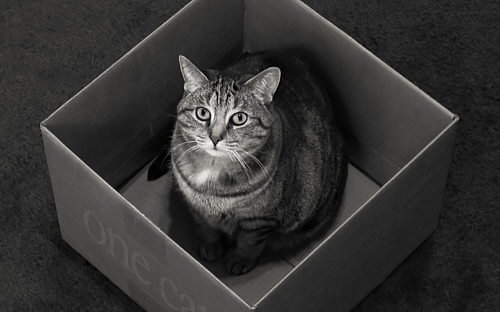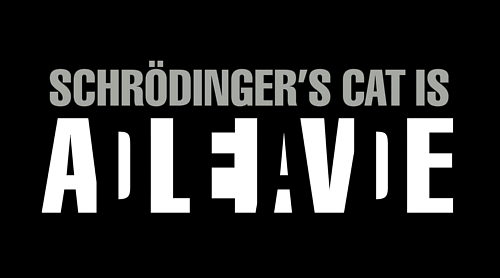
It was proposed by Austrian Nobel Laureate Erwin Schrödinger in 1935. It is a thought experiment that shows the bewilderment of the quantum world.
The Schrödinger cat
Imagine a cat inside a completely opaque box. Inside it is installed a mechanism that connects an electron detector to a hammer. And, just below the hammer, a glass jar with a dose of poison lethal to the cat. If the detector picks up an electron it will activate the mechanism, causing the hammer to fall and break the jar.
It shoots an electron. By logic, two things can happen. The detector may pick up the electron and activate the mechanism. In that case, the hammer falls, breaks the bottle and the poison expands inside the box. The cat inhales it and dies. When we open the box, we will find the dead cat. Or the electron may take another path and the detector will not pick it up, so the mechanism will never activate, the bottle will not break, and the cat will still be alive. In this case, when you open the box the cat will appear safe and sound.
So far everything is logical. At the end of the experiment we will see the cat alive or dead. And there is a 50% chance that one thing or the other will happen. But quantum challenges our common sense.
The electron is at the same time wave and particle. To understand it, it goes off like a bullet, but also, and at the same time, like a wave or like the waves that form in a puddle when we throw a stone. That is, it takes different roads at once. And they are not excluded, but overlapping, as the water waves would overlap in the puddle. So it takes the path of the detector and, at the same time, the opposite.
The electron will be detected and the cat will die. And, at the same time, it will not be detected and the cat will still be alive. At the atomic scale, both probabilities are met simultaneously. In the quantum world, the cat ends alive and dead at the same time, and both states are equally real. But when we open the box, we only see it alive or dead.
